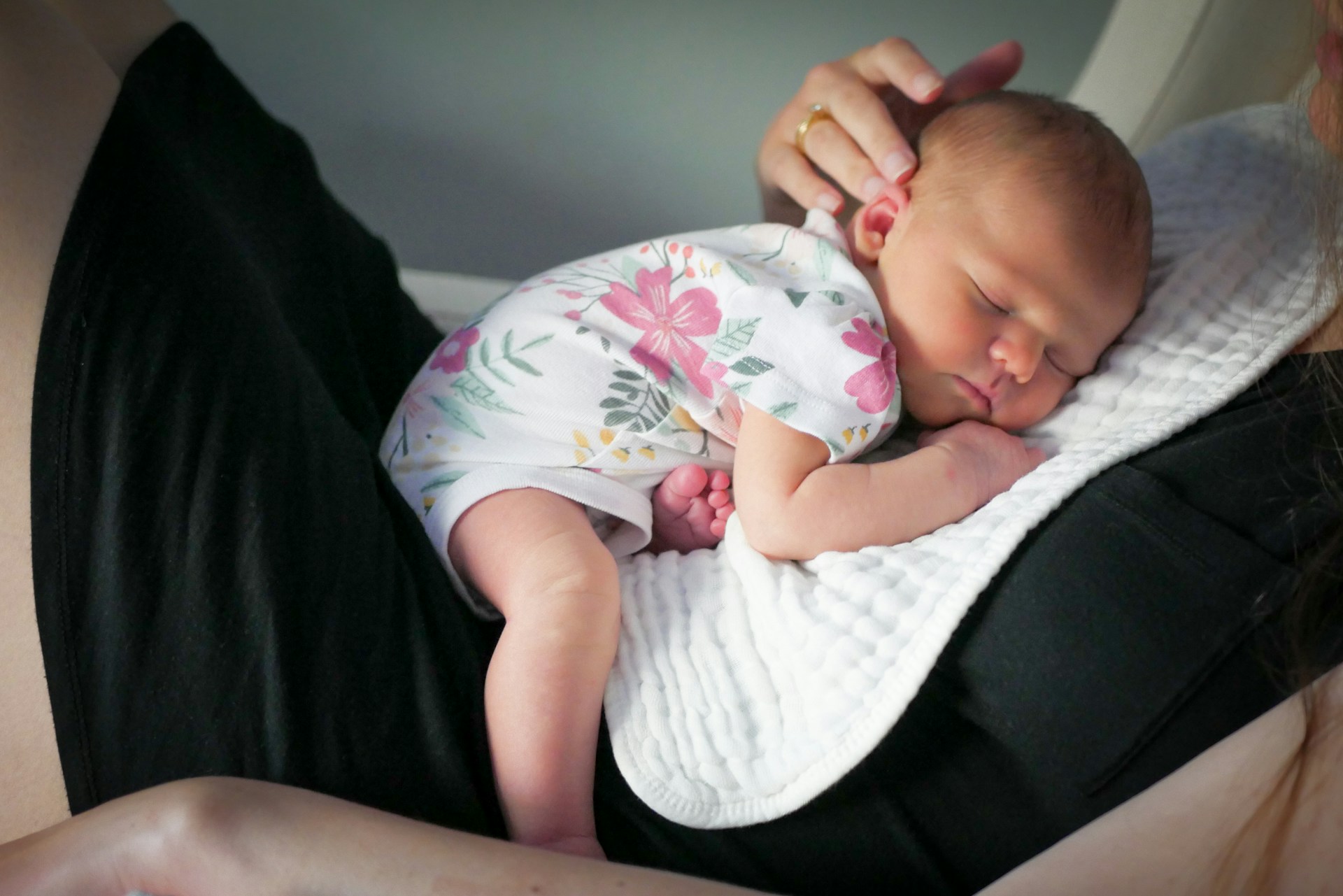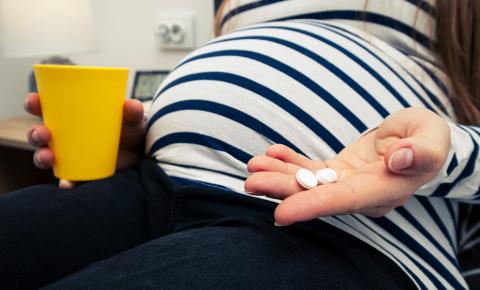Reactions: language babies hear in the womb shapes their brains
Babies' brains specialise in their native language from pregnancy, according to a study carried out in France. The research team used encephalograms to measure the brain activity of 33 infants born to French-speaking mothers while listening to a story in French, English or Spanish. The results provide "the most compelling evidence to date that language experience already shapes the functional organization of the infant brain, even before birth," the authors write in Science Advances.

lengua embarazo - Raquel Fernández EN
Raquel Fernández Fuertes
Director of the UVALAL (University of Valladolid Language Acquisition Lab)
Previous works on the study of how babies and young children acquire their first language (in the case of monolingual acquisition) and their first languages (in the case of bilingual and multilingual acquisition) have long been showing the importance of language exposure. That is, language acquisition proceeds because infants are exposed to language input, among other relevant factors (e.g., human genetic endowment). The present investigation takes a step forward (or backwards in terms of the infant’s chronology) in exploring whether this is so prenatally, too.
The study shows a carefully controlled methodology pertaining to their participant selection, the design of the experimental conditions and the data collection procedure. The authors take into consideration language typological distance and language familiarity, as well as the length of linguistic units (as measured by means of theta versus gamma frequency bands) to offer a detailed account of what the newly born is able to process. Infants successfully identify the language they have been exposed to prenatally (i.e., French) and distinguish it from unfamiliar languages regardless of whether they are prosodically similar (i.e., Spanish) or more distant (i.e., English). Furthermore, infants are sensitive in this very initial state to larger prosodic units (i.e., syllables, the theta band) rather than to smaller ones (i.e., phonemes, the gamma band) as they are the ones that they are exposed to in the language they have heard prenatally. The effect of language experience before birth proves to be a determining factor in language processing and language acquisition already during the very first days after birth.
This study leaves the door open to consider other issues that would help complete the information we have on how the brain develops and processes language, for example, by analyzing tonal languages in which intonation patterns involve a change in meaning that does not take place in non–tonal languages like the three under consideration in this study. Furthermore, it is still to be investigated whether the facilitation effects reported here for language can also be extended to other domains (e.g., music).
lengua embarazo - Silvia Nieva EN
Silvia Nieva Ramos
Researcher in the Department of Experimental Psychology, Cognitive Processes and Speech Therapy of the Faculty of Psychology
The study is of high quality and has passed peer review. The research team is from Paris Descartes University (Paris Cité) and has been reviewed by the ethics committee of the university. It is based on sound data and methods.
The article starts from well-established premises in research: neonates have intrauterine perception, in particular they process phonoprosodic features (intonation, melody, rhythmic qualities...), they have reference to the mother tongue and the mother's voice and can discriminate languages of different rhythmic structures.
The aim of the study is to see the dynamic changes at the neural level in brain plasticity, supported by learning and memory. It compares the mother tongue, French (with previous intrauterine exposure from about 24 weeks of gestation, generally from 28 weeks) with other non-exposed languages of different rhythmic type (one of them with the same rhythmic type, Spanish, and another with a different rhythmic type, English). In this case, the differences between these languages have to do with the duration of the syllables, the syllables in Spanish and French all have the same duration, and in English there are syllables of different duration.
What this study contributes is at the methodological level. This type of research has been done mainly with behavioural analysis, so any contribution with techniques that allow us to observe brain activity is a relevant contribution.
The limitations are those of the technique itself, as there are more advanced neuroimaging techniques, such as magnetoencephalography, but they are more costly and complex to adapt for use in infants.
This work could be a preliminary step towards the use of this type of technique, and it also shows that research is needed on mother tongues other than English.
In Guo's (2022) bibliometric analysis we can see that one of the most studied topics on infant language acquisition is speech perception, speech processing.
In Kidd & Garcia (2022) we can see that most of the studies that are done are on English mother tongue, although there is a tendency to change and this study contributes to the study of infants learning French.
lengua embarazo - Jordi Costa EN
Jordi Costa Faidella
Associate Professor, Brainlab, Department of Clinical Psychology and Psychobiology, University of Barcelona (UB)
UB Institute of Neurosciences
Sant Joan de Déu Research Institute
Carles Escera
Professor of Cognitive Neuroscience
Brainlab, Department of Clinical Psychology and Psychobiology, University of Barcelona (UB).
UB Institute of Neuroscience
Sant Joan de Déu Research Institute
This is a very interesting study, both in terms of the findings and the method used. The research group led by Dr Gervain, from the University of Padova, has found markers of brain activity in babies that reflect the exposure they have had to their mother tongue while in their mother's womb. Specifically, they found that the rhythmic electrical activity in babies' brains after listening to recordings in their mother tongue is tuned to the syllabic rhythm of that language, suggesting that prenatal experiences fine-tune babies' ability to pick up their mother's language.
It has long been known that intrauterine auditory experiences, such as exposure to speech or music, modulate how newborns perceive sound, including their preferences. For example, babies prefer the mother's voice to other voices. And babies born to mothers who sing daily or listen to music through loudspeakers are born with a better ability to encode the pitch of the voice. This study is an interesting contribution to the field, although we believe it is difficult to be sure that its results directly reflect the characteristics of the mother's language. To do so, it should be possible to replicate the results in babies who are native speakers of the other languages that appear in the study (Spanish and English).
In addition, there are factors that could play a role, such as the different attention a baby pays to the mother tongue compared to others, given that the brain rhythms associated with attention are similar to those found in the study. In any case, the results of current research on the influence of prenatal auditory stimulation open up a wealth of possibilities for early interventions for babies at risk of language acquisition problems.
Benedetta Mariani et al.
- Research article
- Peer reviewed
- People



